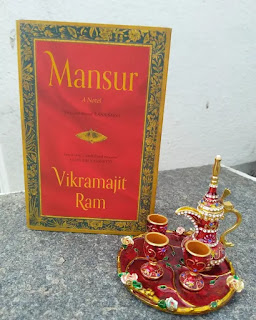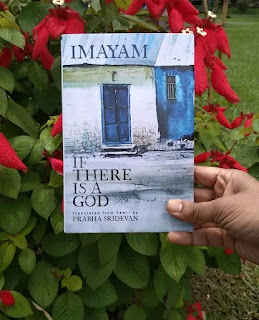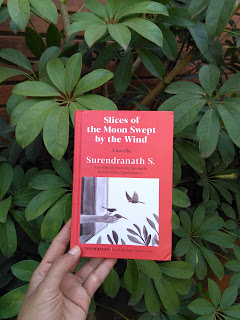The protagonist of this novel , Sushma Sharma, the eldest daughter in her family who's mature, intelligent and well-educated makes us ponder over the above question. Sushma is a lecturer and a warden in a reputed women's college in Delhi. As her family's breadwinner, her responsibilities are many. Her parents' initial reluctance to let Sushma work is gradually replaced by a smug understanding that her income is indispensable to run the household and to secure the future of her younger siblings. Sushma's mother often quips that Sushma is too able and literate and it's hard for them to find her a suitable match. Though she remarks that Sushma has been granted complete freedom to find a life partner herself, we realize through the read that this freedom is bogus.
When Sushma meets Neel, a charming man, few years younger than her in Delhi, desires frozen deep within her begin to thaw. A gentle longing for love and companionship grows in her despite her sincere efforts to nip these changes as they bud. Neel's loving gaze, his wit, humor and child-like persistence; even his silence only draws them closer before Sushma realizes that she is trapped in a quagmire of personal desire conflicting with familial duties and workplace obligations.
Sushma's battle with loneliness, her angst at knowing that she will be caged for life within the confines of her workplace (fifty-five pillars, red walls refer to the college) and this angst pushing Neel to a state of despair are all written in a heart rending manner.
That workplace gossip can be quite harmful and women bear its worst brunt even as they are its worst perpetrators is another subject dealt with in the novel. The friendship between Sushma and Meenakshi (Sushma's colleague) wins our hearts. The novel has a clear film-like quality to it and through the read I couldn't stop fancying Deepti Naval playing the part of Sushma and Vinod Mehra playing that of Neel.
The book felt broadly similar to a story by Rajee Seth that I read in an anthology Alone Together, translated from Hindi by Ruth Vanita.
One of my last reads - Taniya by Arupa Patangia Kalita, translated from Assamese by Meenaxi Barkotoki has an introduction penned by author Jahnavi Barua where she writes - "when the original comes effortlessly to you on reading a translation you know it is a job well done". When I read translations from Indian languages I can speak in - Tamil, Malayalam and Hindi, I try/naturally tend to think back on the probable lines in the original language. For this book, I was so deeply invested with Sushma's thoughts, decisions and actions that I skipped this exercise and devoured the book quickly.
Fifty-five Pillars , Red Walls, a slim classic that poses essential questions, gives us readers a female protagonist we wouldn't forget easily.
























